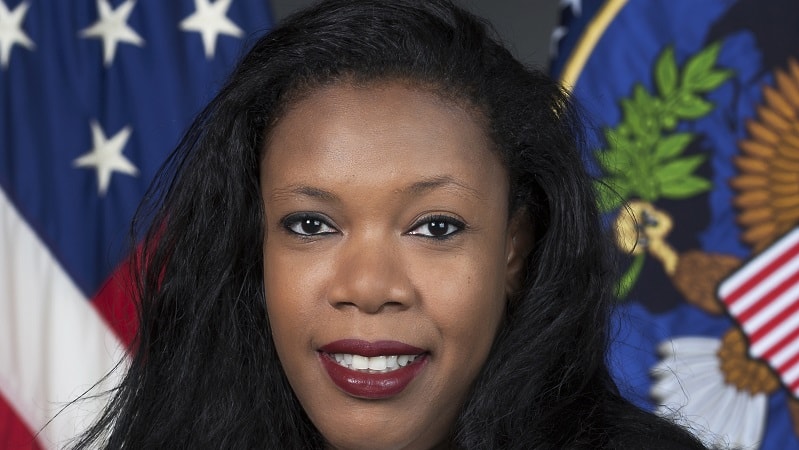
The intelligence community has adjusted its strategy for the “second epoch” of the Intelligence Community Information Technology Enterprise program (IC ITE) to adjust to agency needs, reduce duplication, and use artificial intelligence to free up resources for analysts, said La’Naia Jones, deputy CIO for the intelligence community at the Office of the Director of National Intelligence (ODNI).
In remarks today at the Professional Services Council Tech Trends conference, Jones noted that ODNI put together IC ITE in 2012 as “an effort to reduce inefficiencies and also allow us to bring in world class capabilities.” Jones highlighted some of IC ITE’s early successes, including development of cloud computing services through the Commercial Cloud Services (C2S) contract, the built-in security of the program, and the Intelligence Community Security Coordination Center.
Among the efforts to bring the intelligence community together was creation of a common desktop experience, but Jones said today her office has recently shifted away from that strategy.
“What we realized was that it wasn’t as easy to create a common desktop for everyone and share everything across the community,” said Jones. “With the second version of IC ITE, because we have the challenges of implementing the common desktop, we wanted to continue moving forward to provide the interoperability and the collaborative future, as well as staying focused on mission.”
“We had to change from being too rigid and wedded to one concept … and moving to the federated approach with reference architectures,” said Jones. She compared the reference architectures to the concept of a homeowners’ association. “Essentially, it’s a group of documents, recommendations and ways of providing the architecture and design that the agencies must stay within in order to stay compliant, but they do have some flexibility to leverage the technologies that make sense for them,” she said, mentioning that her office had created reference architectures for email, chat and other capabilities. “The underlying drivers still include the interoperability, the security and the mobility that were some of the main concepts and tenants of [the common desktop experience program].”
Noting that increased data flow outpaced the progress of the previous instance of IC ITE, Jones said the program will embrace an “iterative process.” She also noted that the creation of a secret C2S contract will “provides a large fabric to share tools and applications at the secret level” while also reducing the need for duplicative storage and the amount of data that needs to move to higher domains. “These shared and common cloud services help to eliminate the duplication of data across domains and enable delivery faster,” said Jones.
Jones also highlighted the intelligence community’s successes in artificial intelligence through the Augmenting Intelligence Using Machines program (AIM). “We’re preparing the posture for threats we haven’t seen in the past, and we’re hoping to use AI and machine learning in order to accelerate the timeline to enable the power of the intelligence community,” said Jones. She provided examples, such as the National Security Agency (NSA) using AI for natural language processing on difficult languages with low quality audio, the National Geo-Spatial Intelligence Agency (NGA) using AI to identify objects in imagery, and the National Reconnaissance Office (NRO) using AIM tools to automate analysis.
